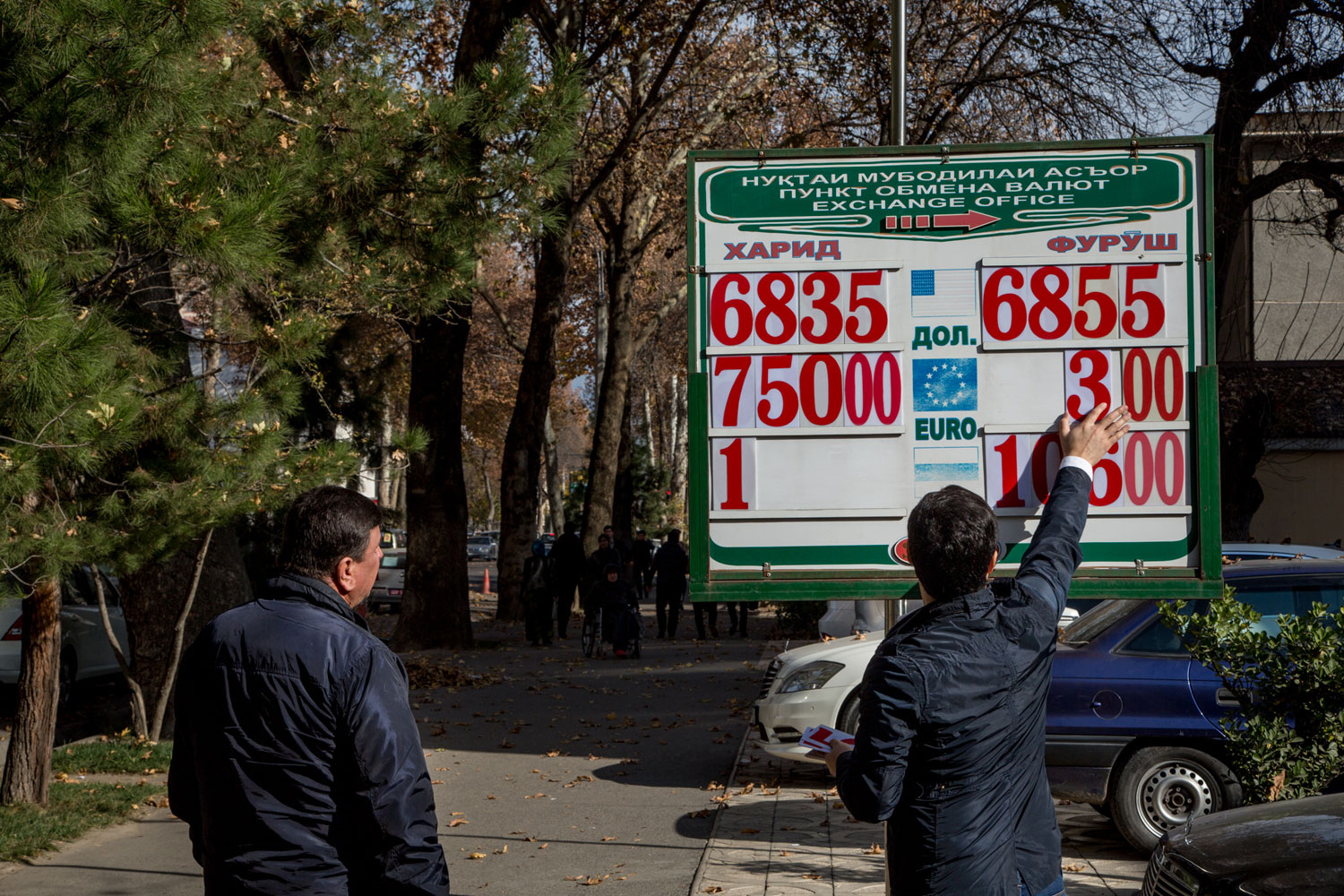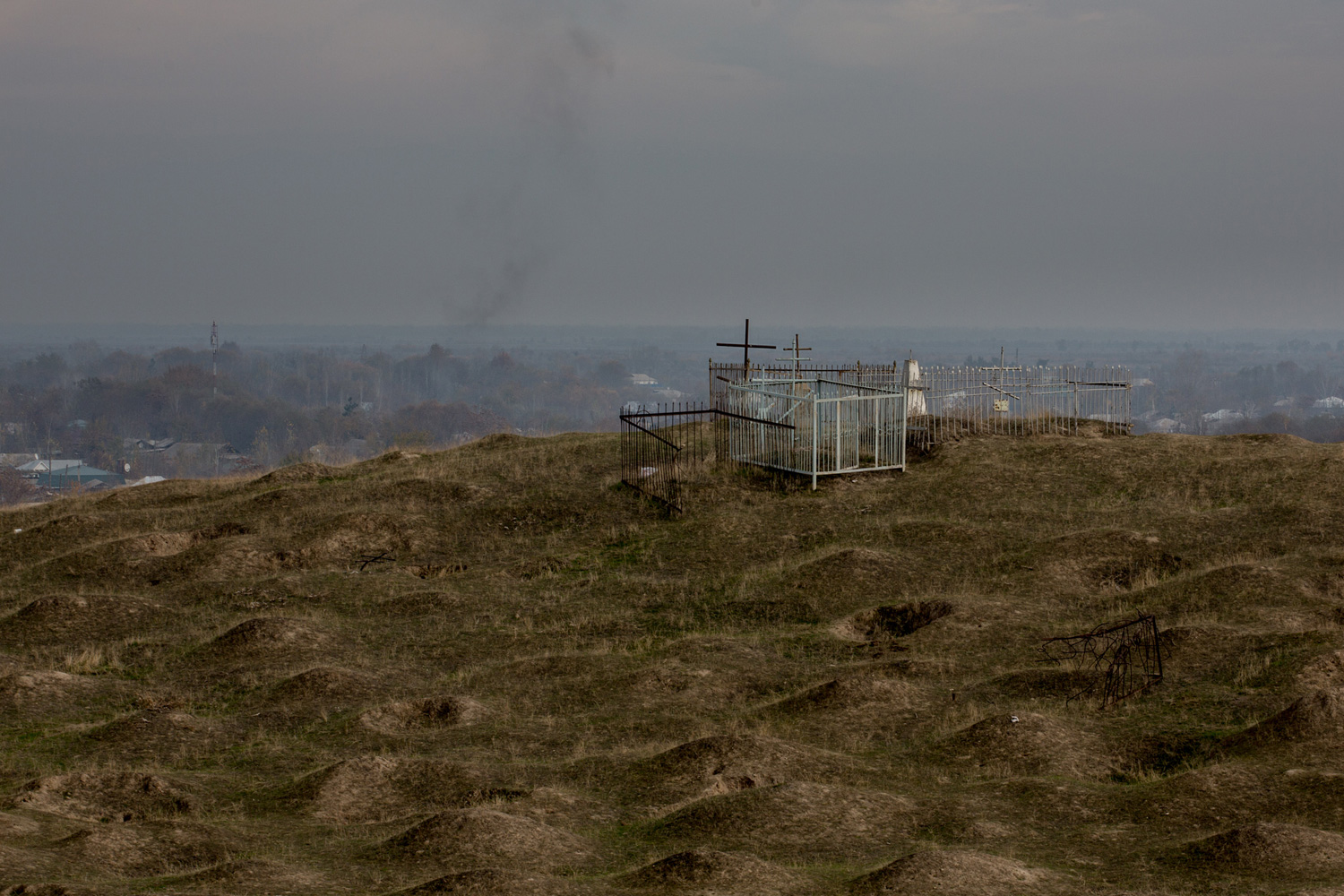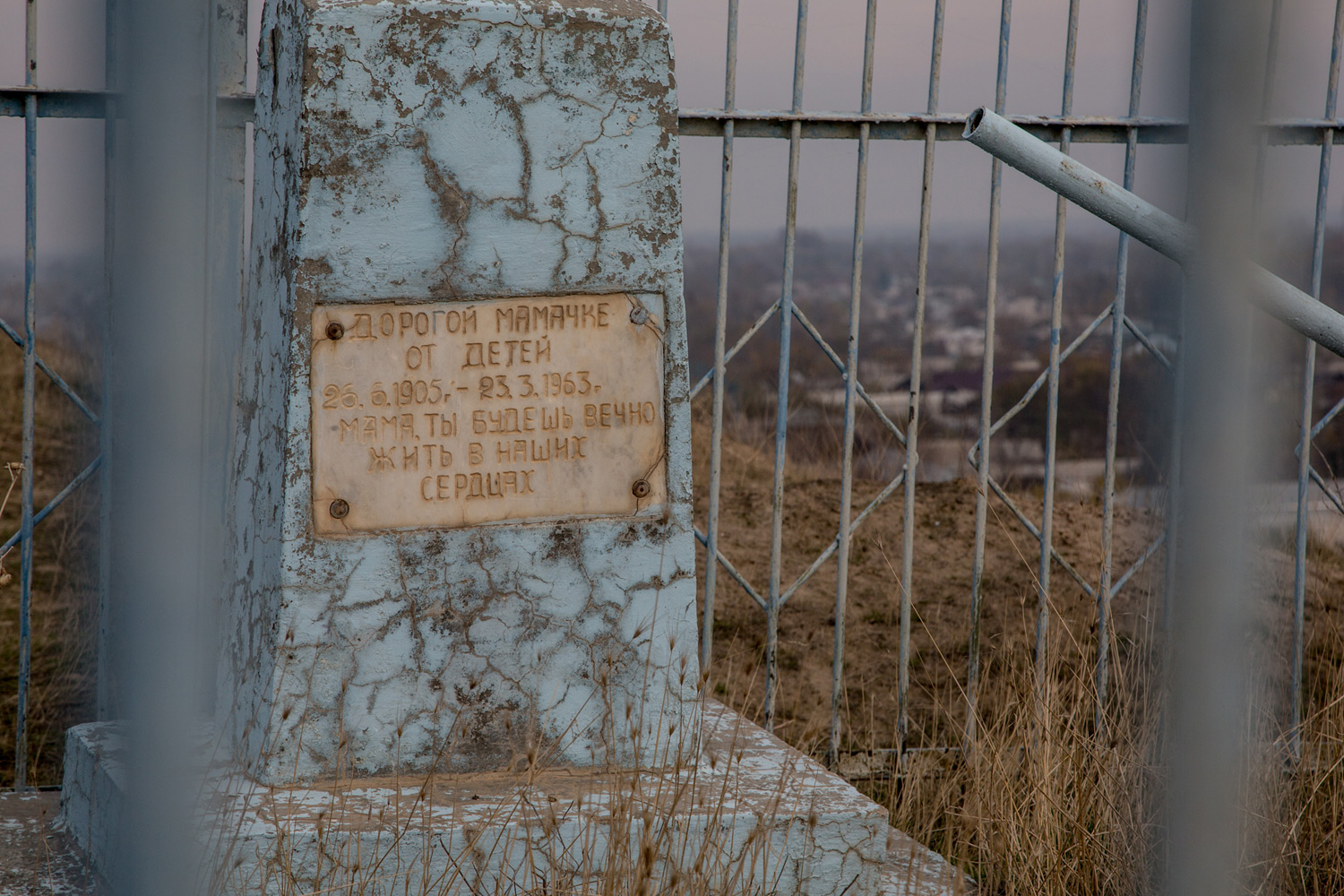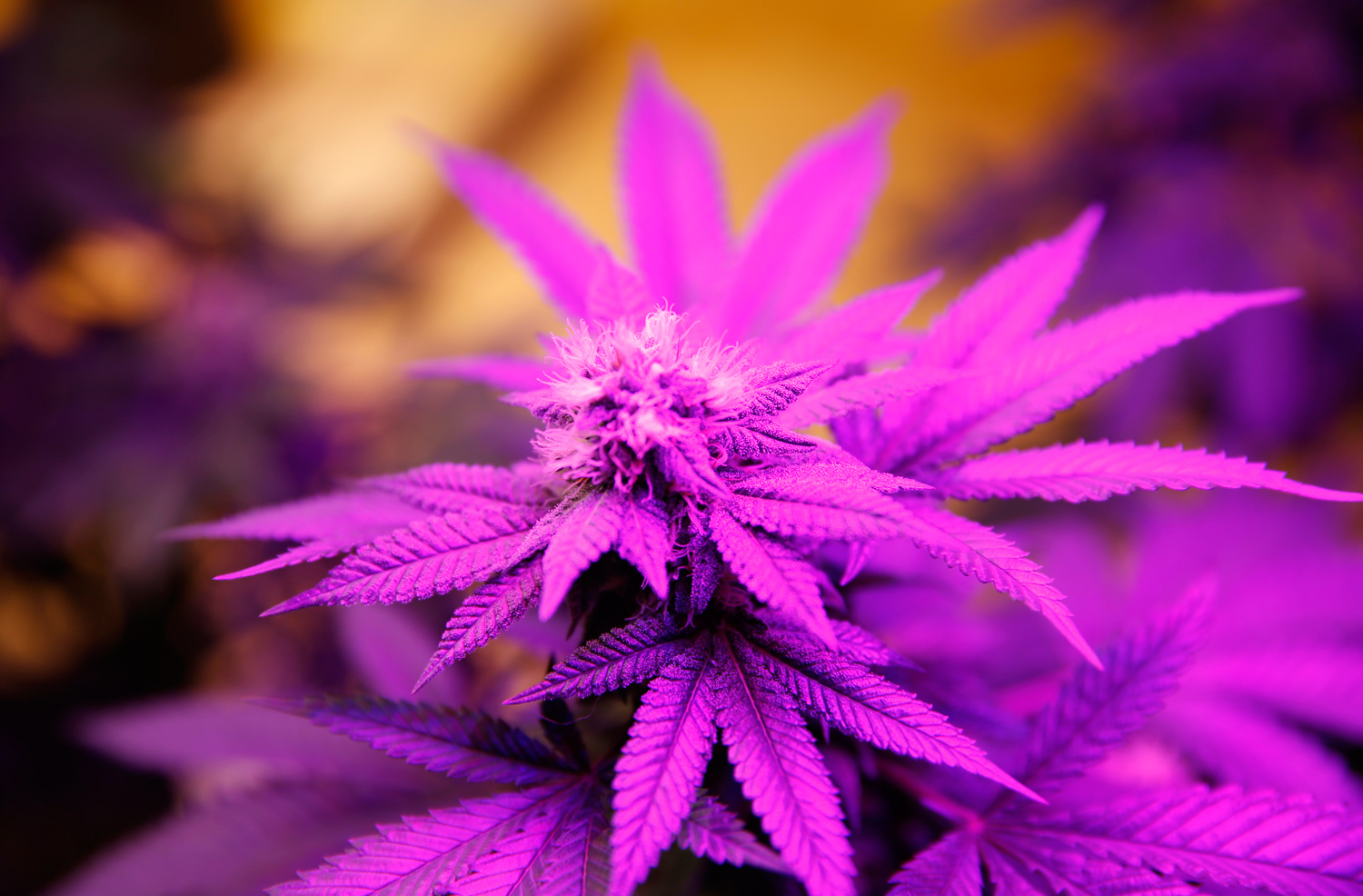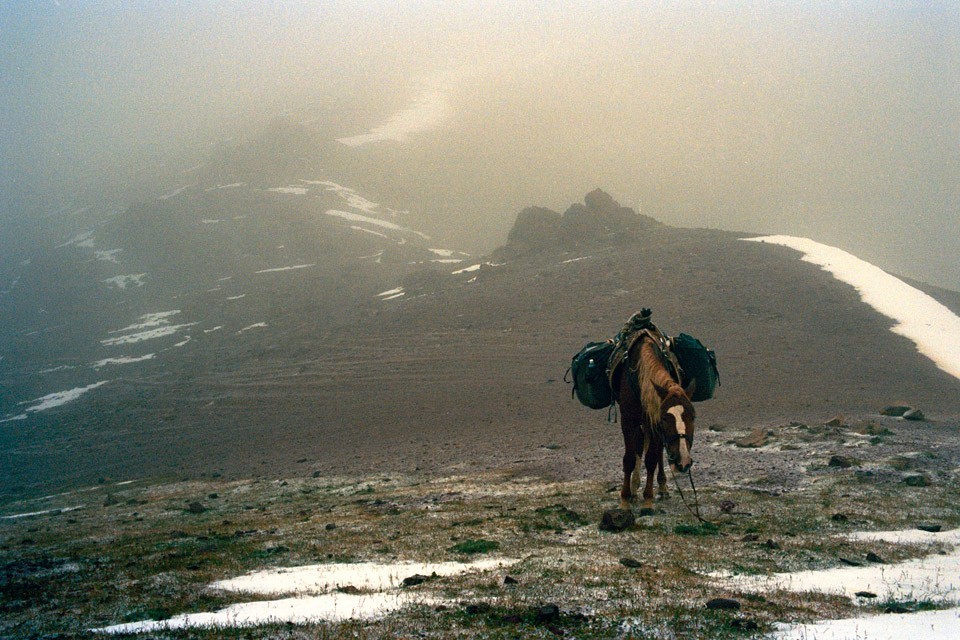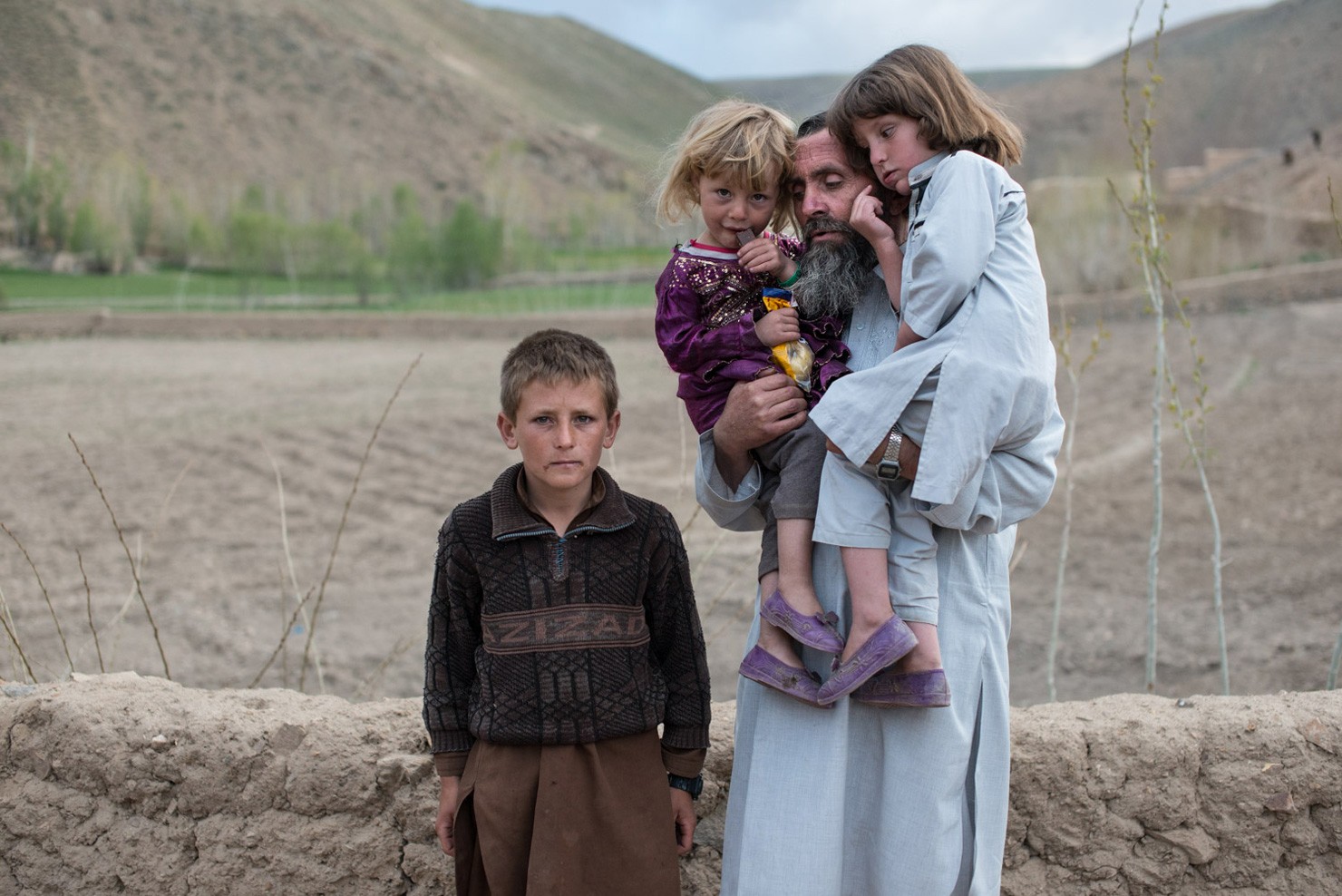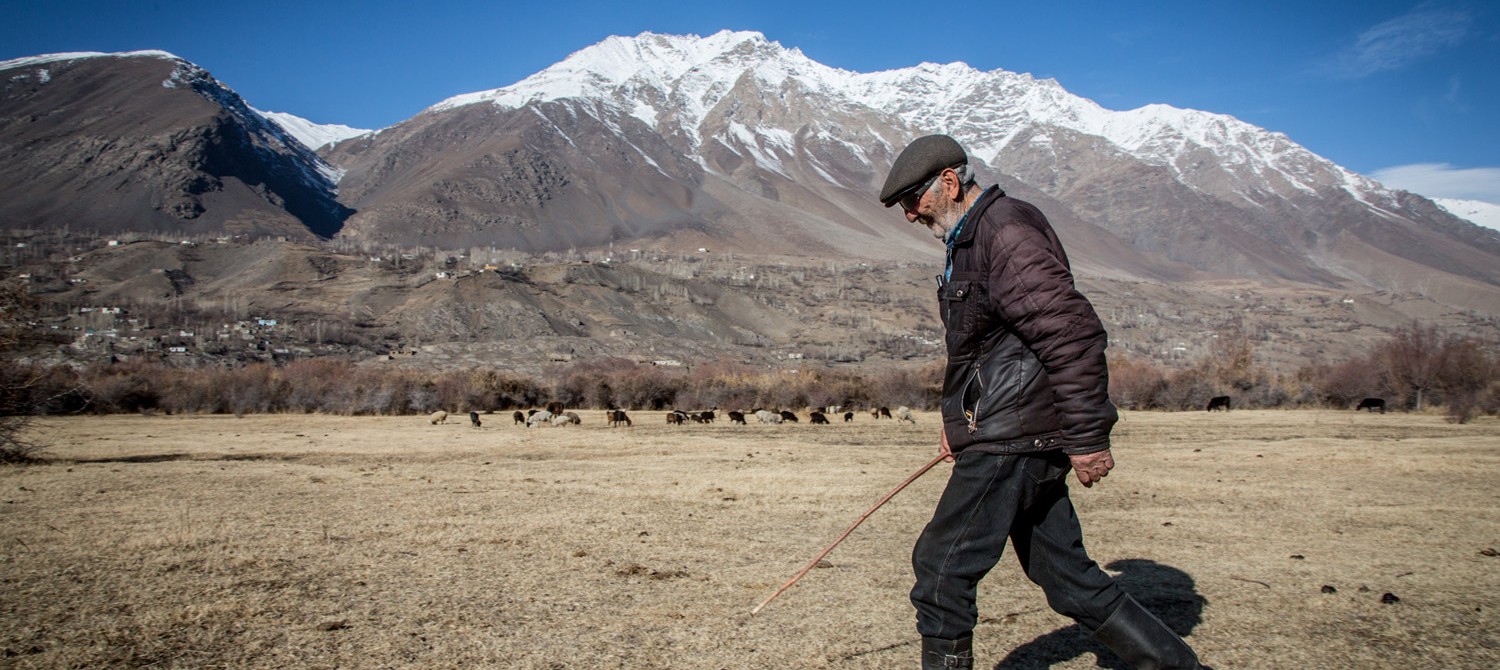
Heroin Borders: Petr Shelomovskiy’s Report from the Border of Tajikistan and Afghanistan
The border between Tajikistan and Afghanistan runs for almost 1,400 km along the mountain river Panj. At its lower reaches the Panj can be very broad, but up in the mountains it turns into a narrow stream raging with emerald water. Here people who are on the opposite banks of the river can talk to each other without raising their voices. Tajik locals say twenty years ago they could throw a bar of soap to the other side and a bag of heroin would fly back.
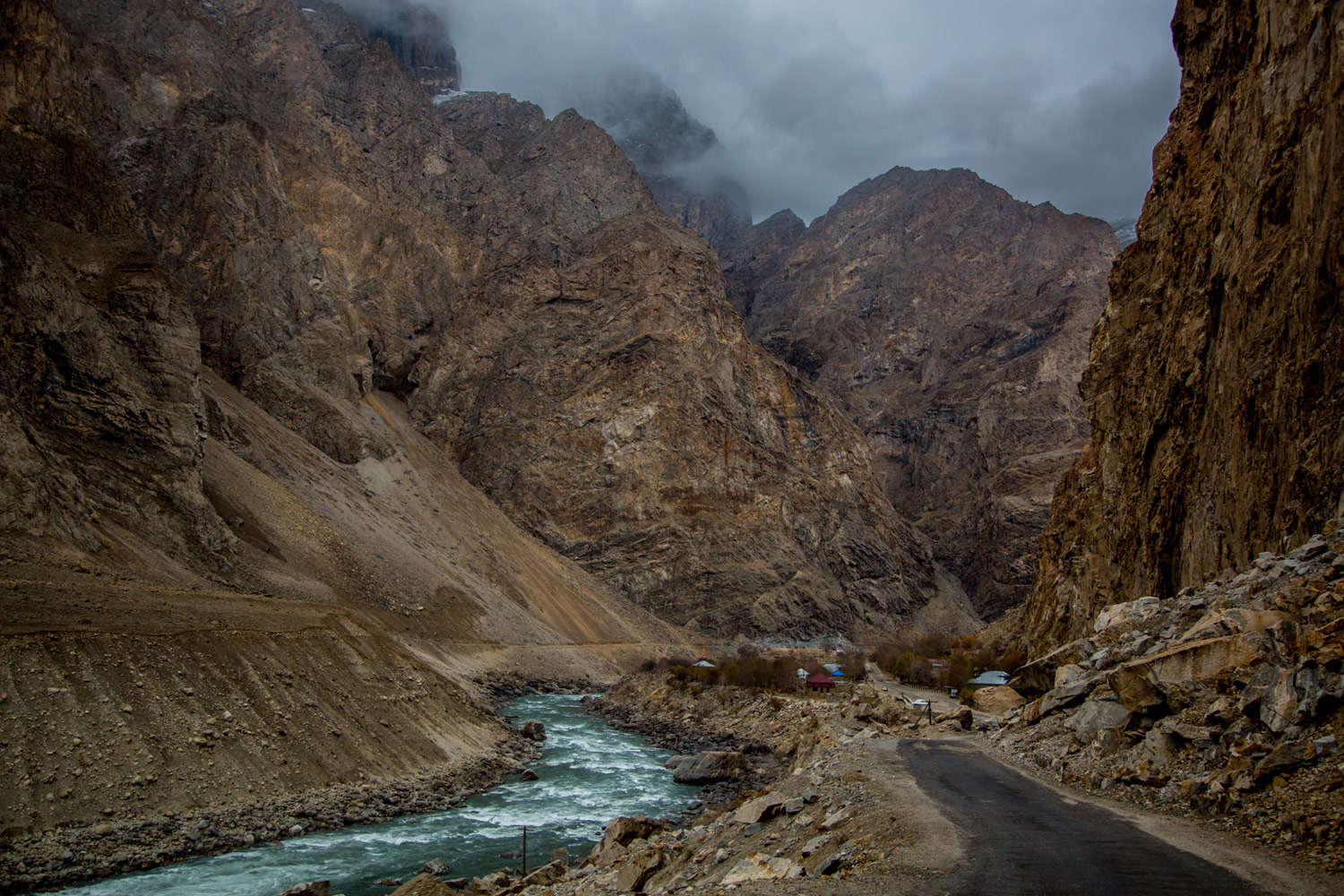
The border between the Russian Empire and Afghanistan was established at the end of the 19th century. Expanding to the south, Russia clashed with the English forward detachments. The border was drawn up along the Panj River, dividing the people who were speaking the same language — Farsi.
Many had relatives on the other side. Although there is unrest in Afghanistan now, two elderly Tajik men, Ibrahim and Hassan, together travel to Mazar-i-Sharif in Afghanistan to see their relatives.
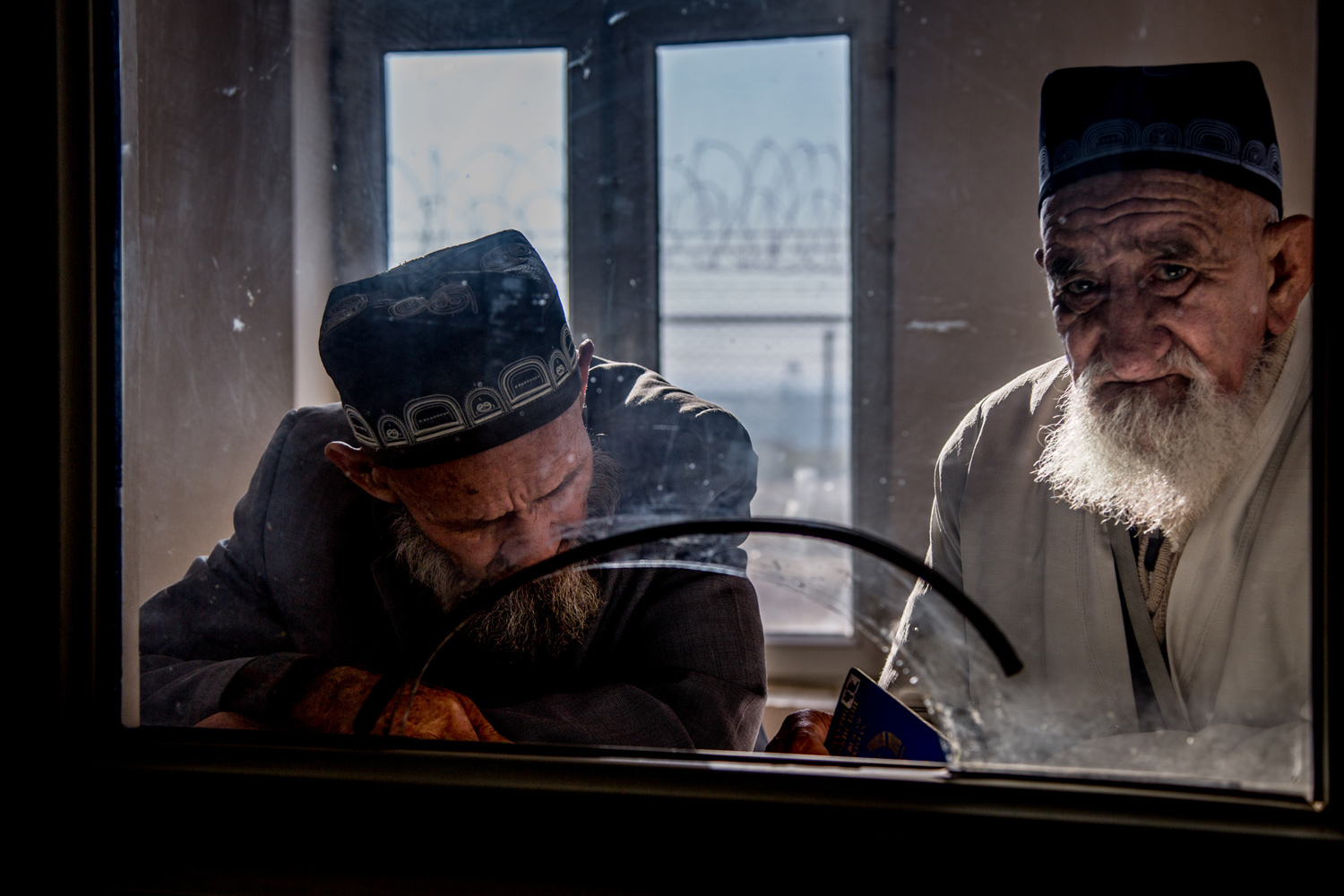
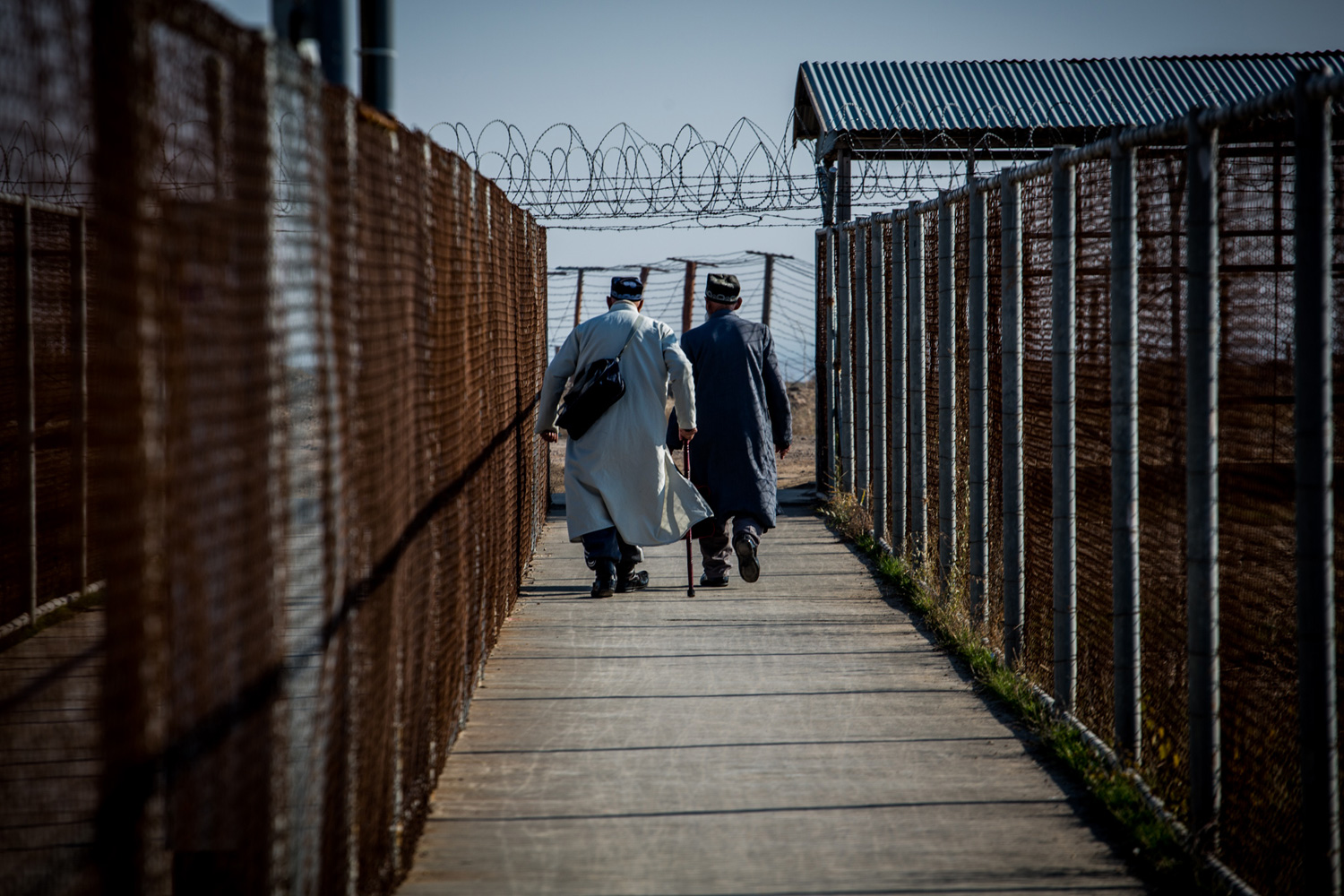
After the collapse of the Soviet Union and the civil war in Tajikistan, most of the Russian-speaking people left the country. Graveyards with Christian crosses are a subtle reminder that they lived here in the past.
Russian border guards left Tajikistan much later, in 2005. The border is now controlled by the local law enforcement. People are drying laundry on the barbed wire.
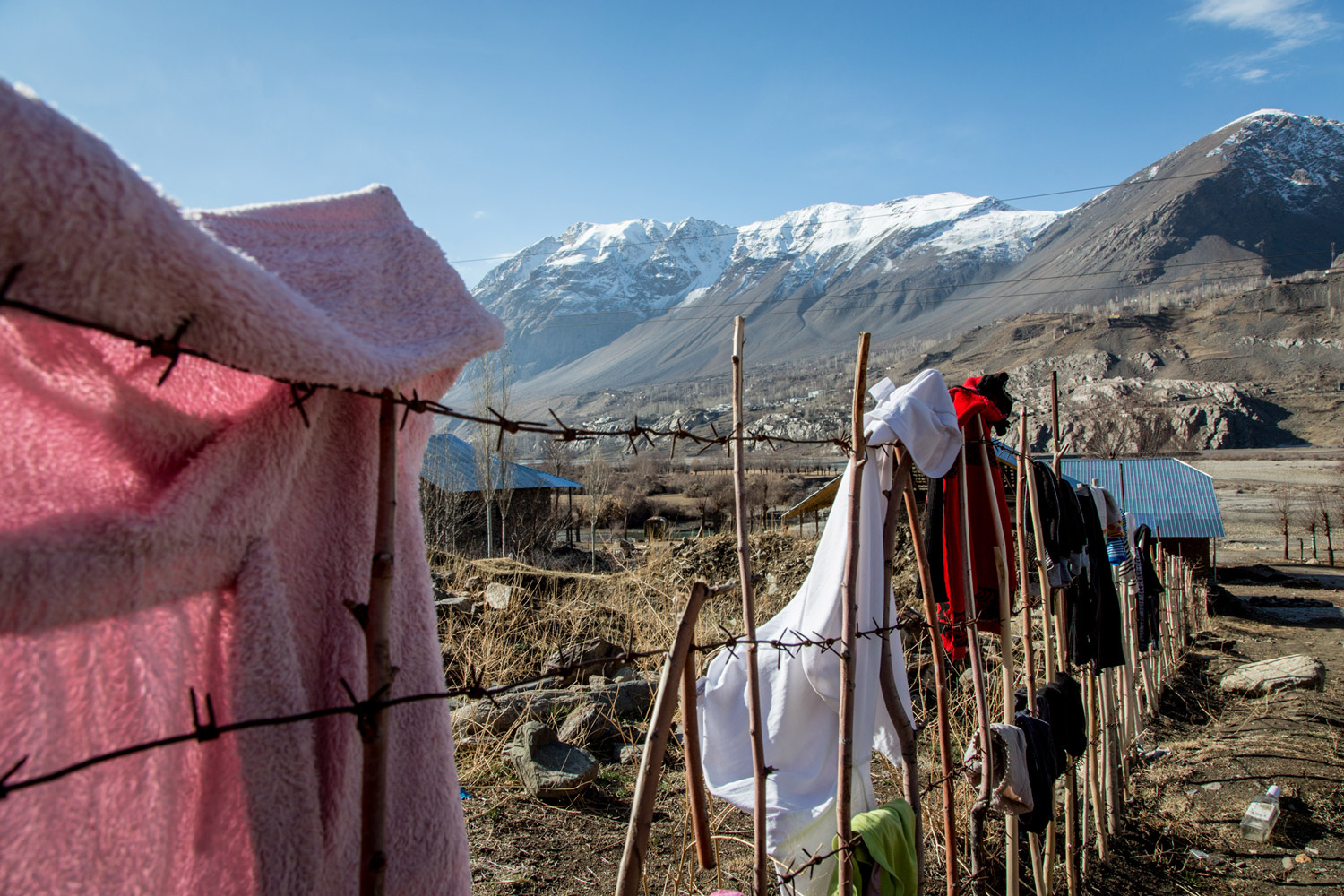
People graze their cattle in a restricted area, where earlier watchful Soviet border guards would shoot at those who had lost their way.
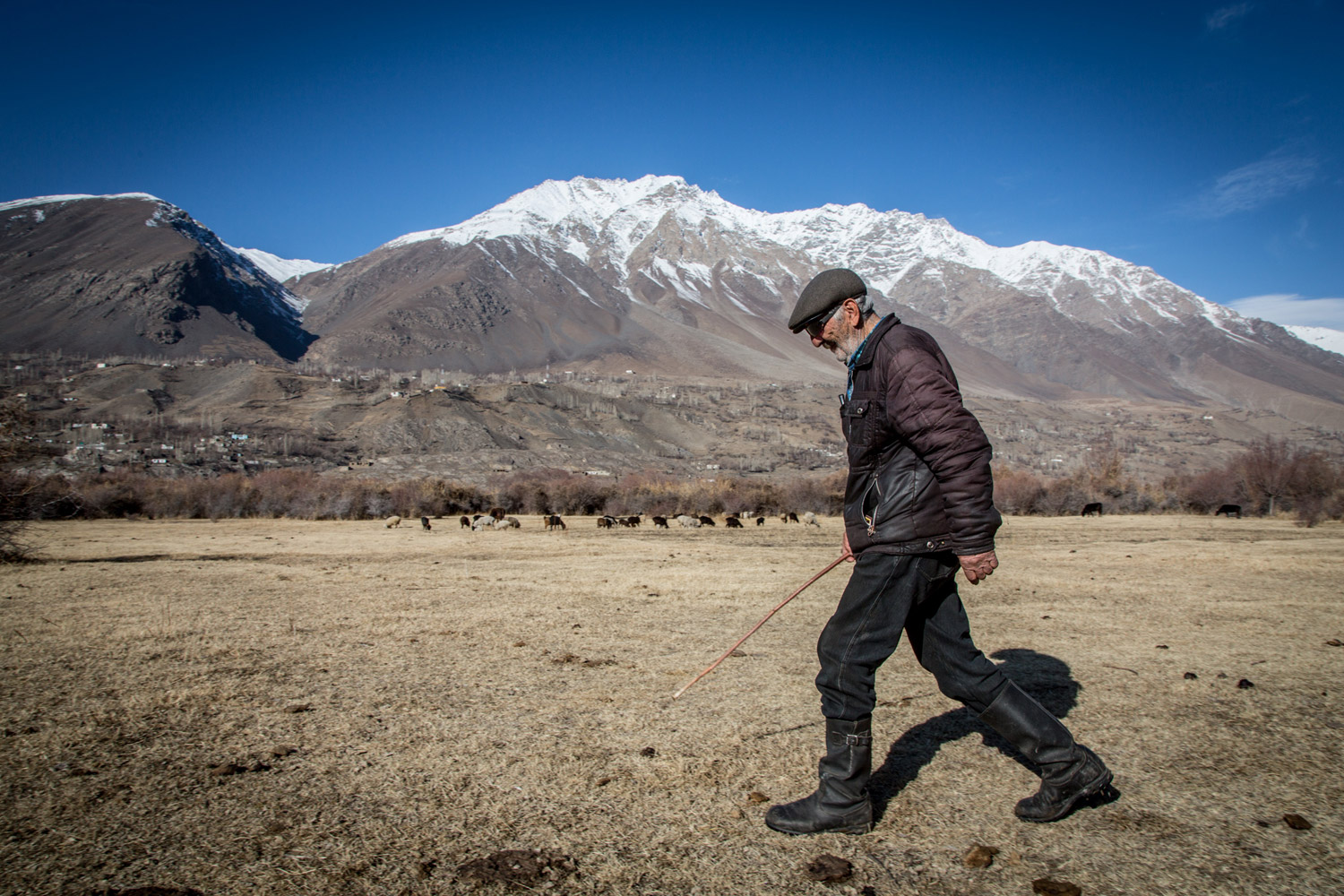
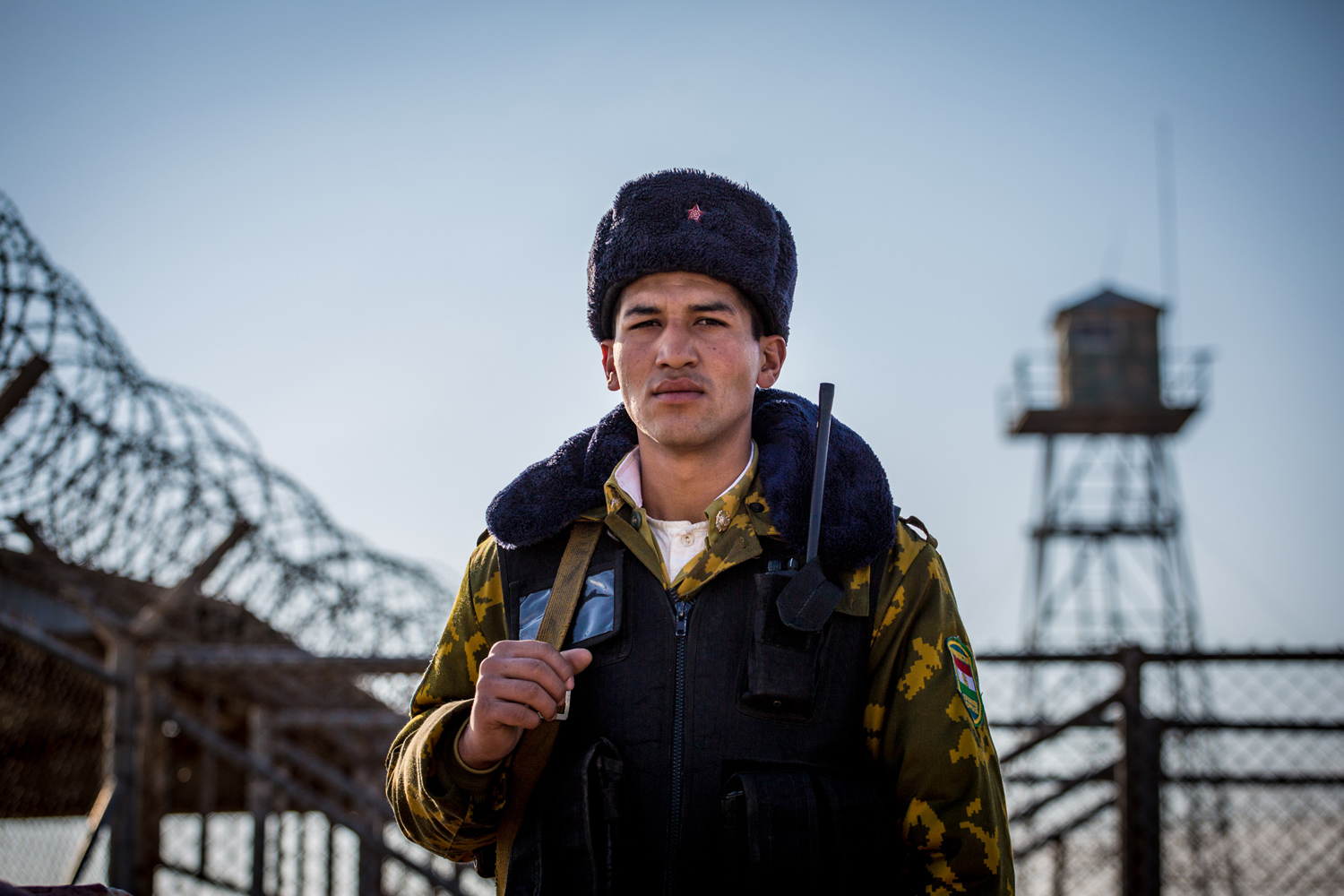
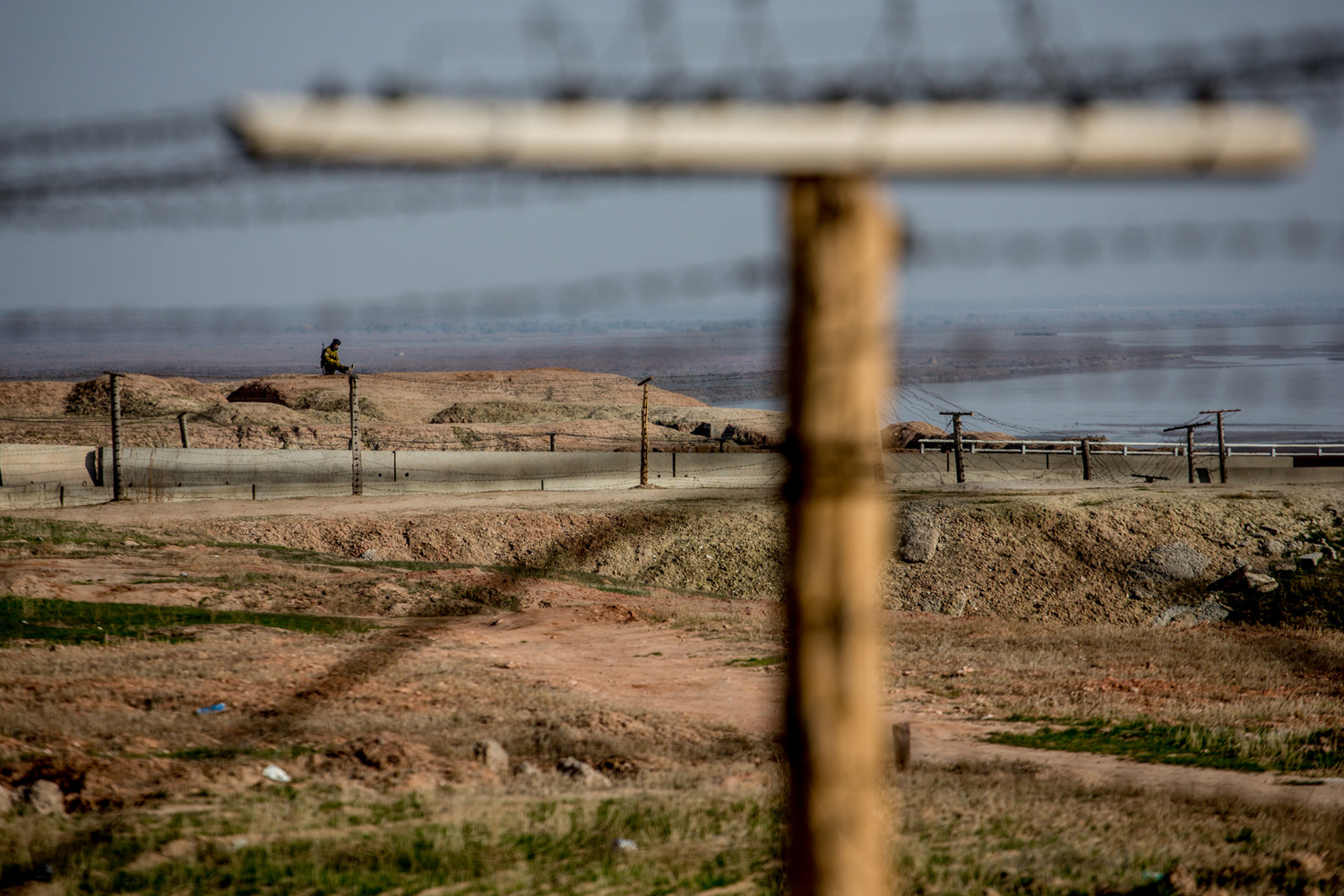
Tajik law enforcement receives international aid to re-equip border checkpoints. The customs office employees say that the X-ray machine for trucks was installed by the Americans and costs $6,000,000.
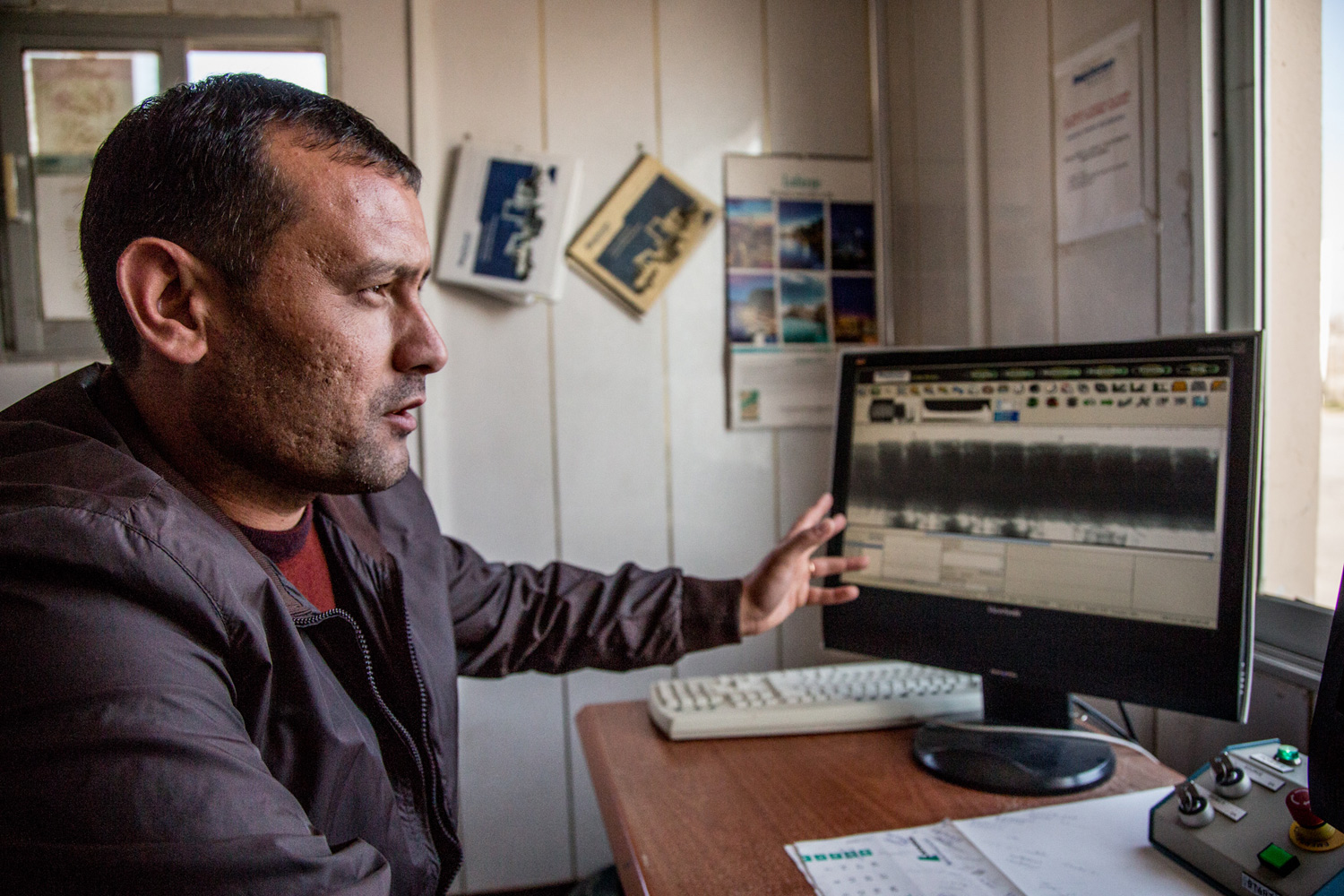
But no equipment, not even the most perfect, will be effective, if a hole in the border can be made with a bribe. Even during our prearranged visit to Panji Poyon border checkpoint, bags of fruit kept ‘falling’ from trucks as if it was nothing.
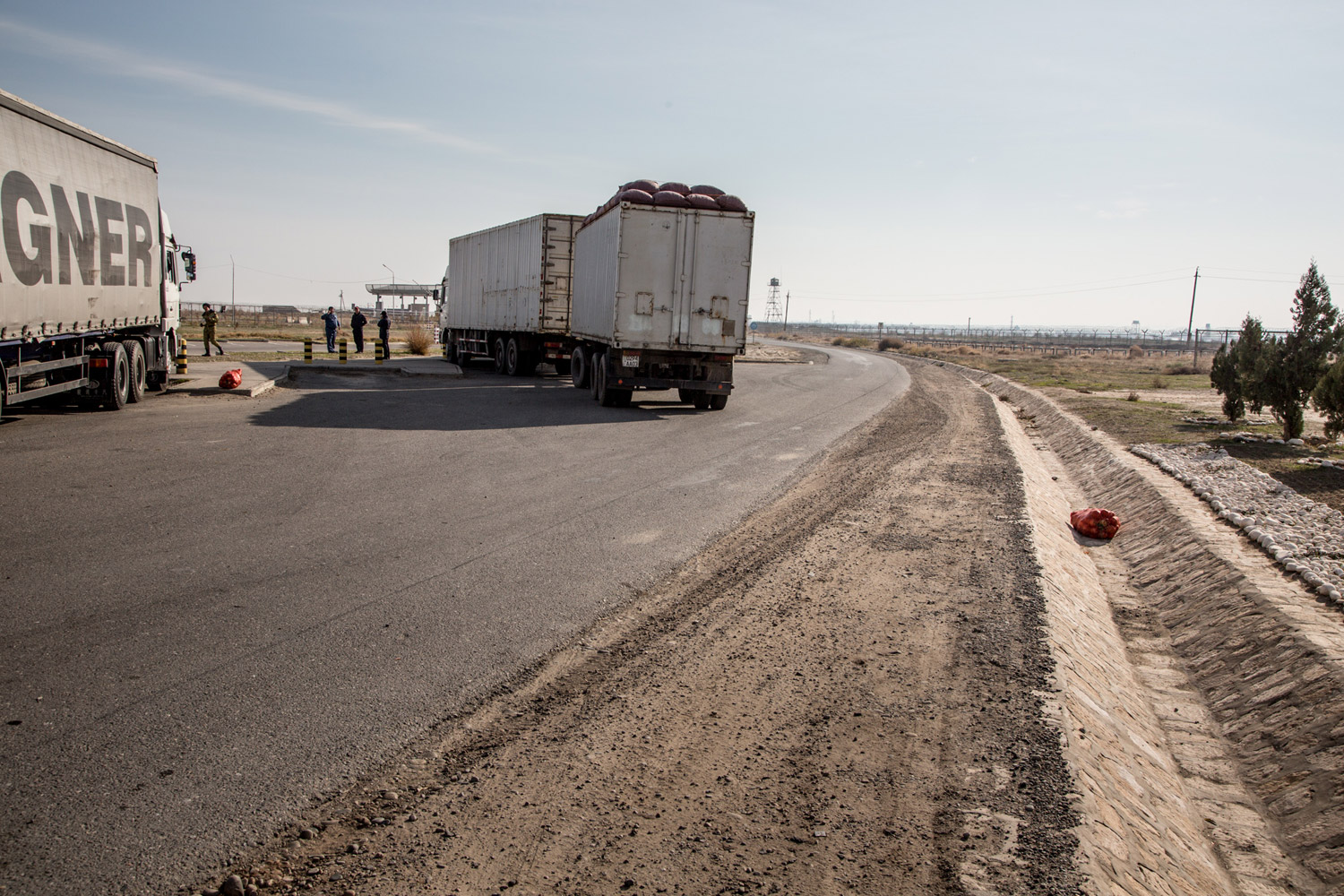
The warehouse of confiscated drugs of the Tajikistan drug control agency smells strongly of marijuana and all heroin precursors at the same time. The stench is so pungent that even the experienced officers wince with disgust.
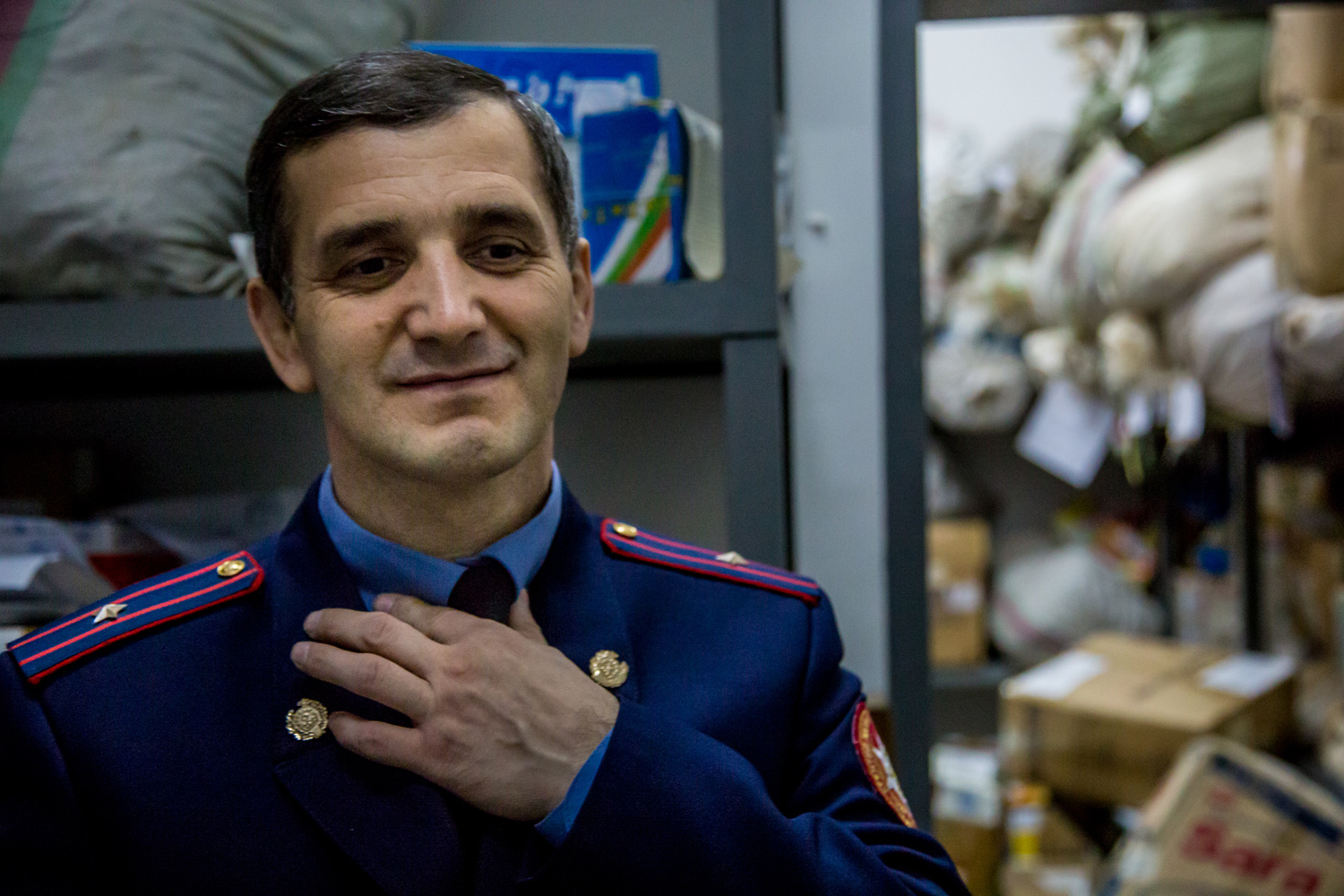
The confiscated goods will be burnt in a special furnace in accordance with the court judgment. However, the officers carefully avoid talking about the amount of drugs that successfully seeps through the border.
For twenty years Tajikistan has been a key transit country for Afghanistan-produced opiates on the so called Northern Route, which goes through Central Asian countries to Russia and Europe. 1 gram of heroin costs about $7 in Khorugh in Tajikistan. According to the latest data of the Ministry of Health of Tajikistan, there are more than 7,000 drug addicted people in the country (total population — 8,486,300 people). We are talking about injecting drug users, many of them live with HIV.

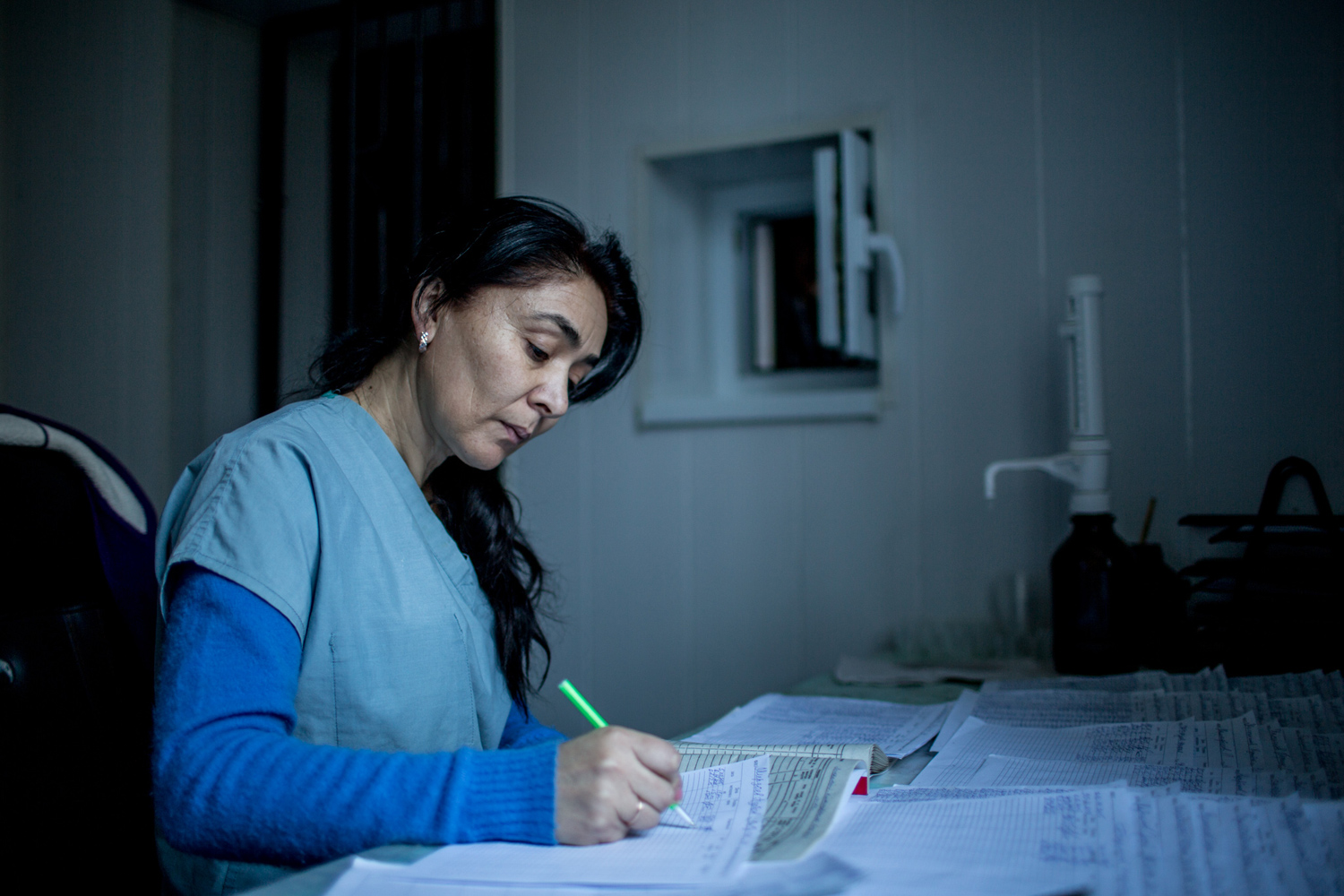
The continued devaluation of the national currency, the economic fall, and the continued crisis in Russia drive more and more people in Tajikistan to try to earn money in drug trafficking. Combined with the rampant corruption at the border, this means that the flow of Afghanistan-produced opiates on the Northern Route will only increase.
